We’ve picked our favorite new reads that prove sustainability can be bold, smart, and even a little rebellious. From rethinking car-dependent streets to reusing materials and reimagining urban life, these titles explore practical, urgent, and hopeful approaches to building, and living, more sustainably. Practical, and packed with ideas that spark action, they make building green feel excitingly possible.
Going for Zero by Carl Elefante
The planet is burning, and our buildings aren’t helping. In Going for Zero, Carl Elefante maps out how architects, engineers, and urban designers can flip the script, turning the built environment from climate culprit to climate ally. Drawing on decades of conservation work, Elefante argues for a mindset shift starting with less endless expansion and more reintegration and repair. He tackles the climate, justice, and urban imperatives with clarity, showing that reusing resources and revitalizing existing communities is necessary. Urgent, practical, and quietly hopeful, this book makes decarbonizing cities feel not just possible but inevitable—if we get to work.

Start in Your Own Backyard by Steve Nygren
“If it’s not working, change it…one backyard at a time.” In Start in Your Own Backyard, Serenbe founder Steve Nygren makes the case that America’s malaise—our stress, sickness, and sprawl—can be traced to how we’ve built our communities. His antidote? Biophilic living, blueberry bushes at crosswalks, and front porches that actually get used. Part memoir, part manifesto, Nygren’s vision of clustered connected neighborhoods challenges the cul-de-sac status quo with idealism and pragmatism. Forget the paralyzing doomscroll; this is an actionable call to redesign not just our towns but our habits, to make meaningful change, starting at home.
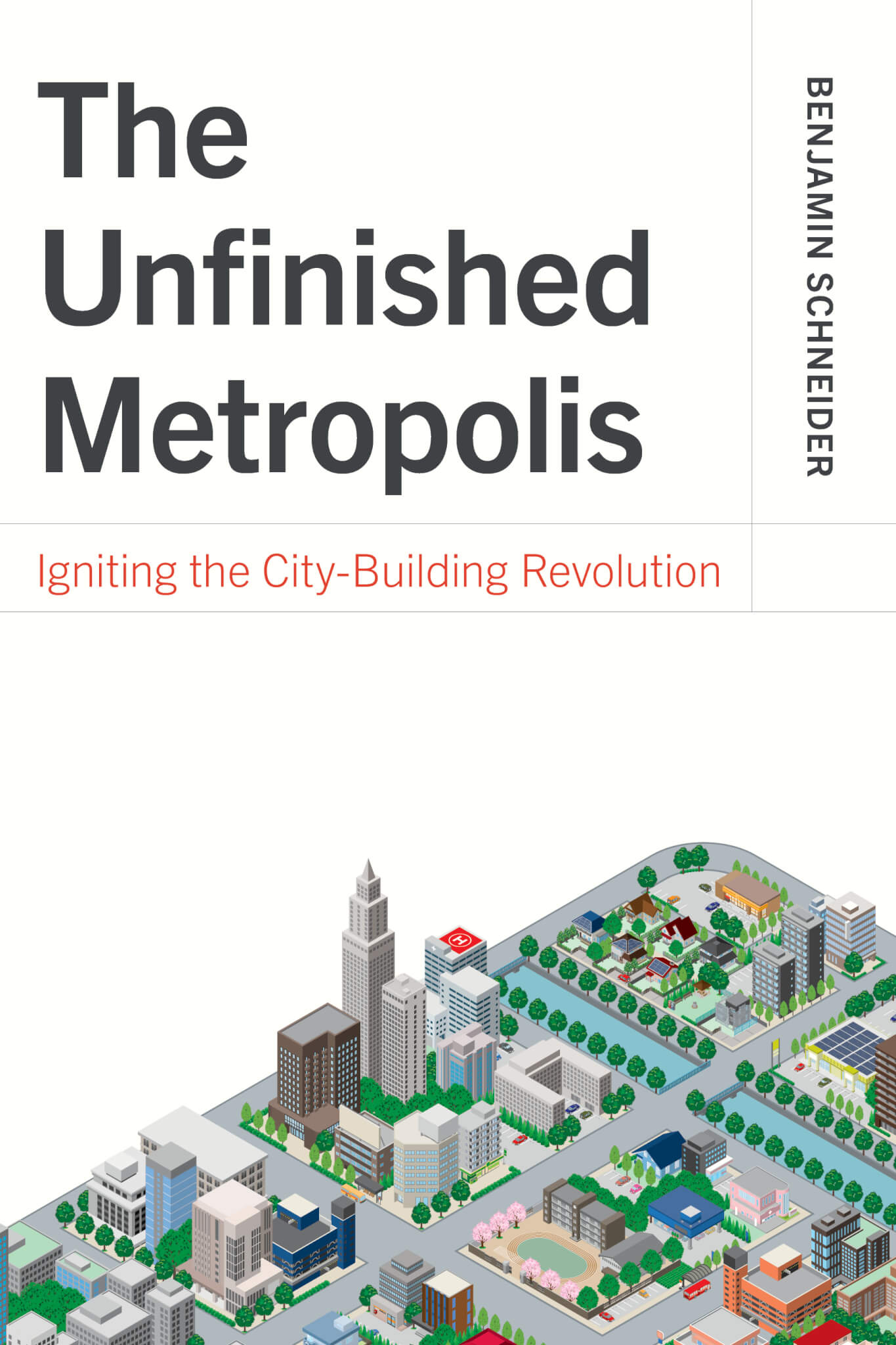
Why do American cities still look like they’re frozen in 1975, as if the Cold War never ended and disco still ruled? In The Unfinished Metropolis, Benjamin Schneider tears into our 20th-century hangover of freeways, office parks, and suburban sprawl, arguing that city building has lost its nerve and its imagination. With humor, he calls for a reinvention rooted in sustainability—streets for people, not parking; density that’s livable, not dreary; and infrastructure that actually serves the climate we are living in. It’s a reminder that the metropolis isn’t broken, it’s just unfinished, and it’s on us to finish it better.

Architecture and Social Change by Brian Holland
Architecture and Social Change takes the profession’s current identity crisis and turns it into a syllabus for doing better. Through student-led interviews with 15 architects and designers, from Dana Cuff’s housing activism to New Affiliates’ creative reuse of museum castoffs, the book spotlights those refusing to treat impact as a buzzword. It’s meant to be a snapshot of architecture mid-reckoning—less starchitect posturing, more rolling up sleeves and confronting housing, climate, and equity head-on. It’s a group therapy session for a field learning how to care about people, the planet, and what we build next.
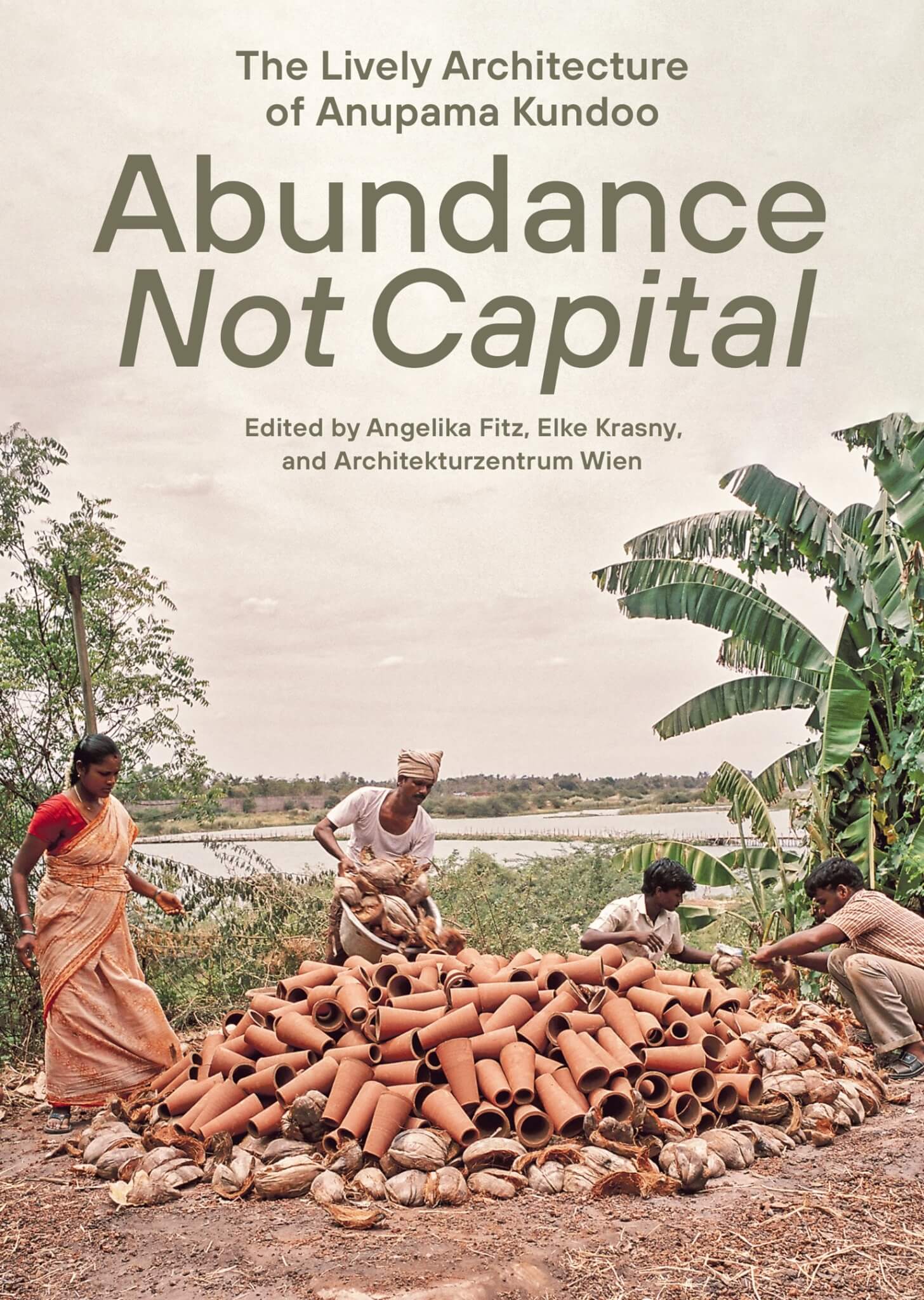
Abundance Not Capital: The Lively Architecture of Anupama Kundoo edited by Angelika Fitz, Elke Krasny co-published with Architekturzentrum Wien
Architecture has a capitalism problem, and Abundance Not Capital isn’t afraid to say it out loud. Edited by Angelika Fitz and Elke Krasny, the book orbits the work of Anupama Kundoo, whose buildings trade spectacle for soul and capital for care. Essays by Peggy Deamer, Shannon Mattern, Rupali Gupte, and others unravel what happens when architecture stops extracting and starts listening to materials, to makers, and to the planet itself. This is a book about rebuilding our relationship to abundance, not accumulation, and imagining architecture that feels less like a conquest and more like a conversation.
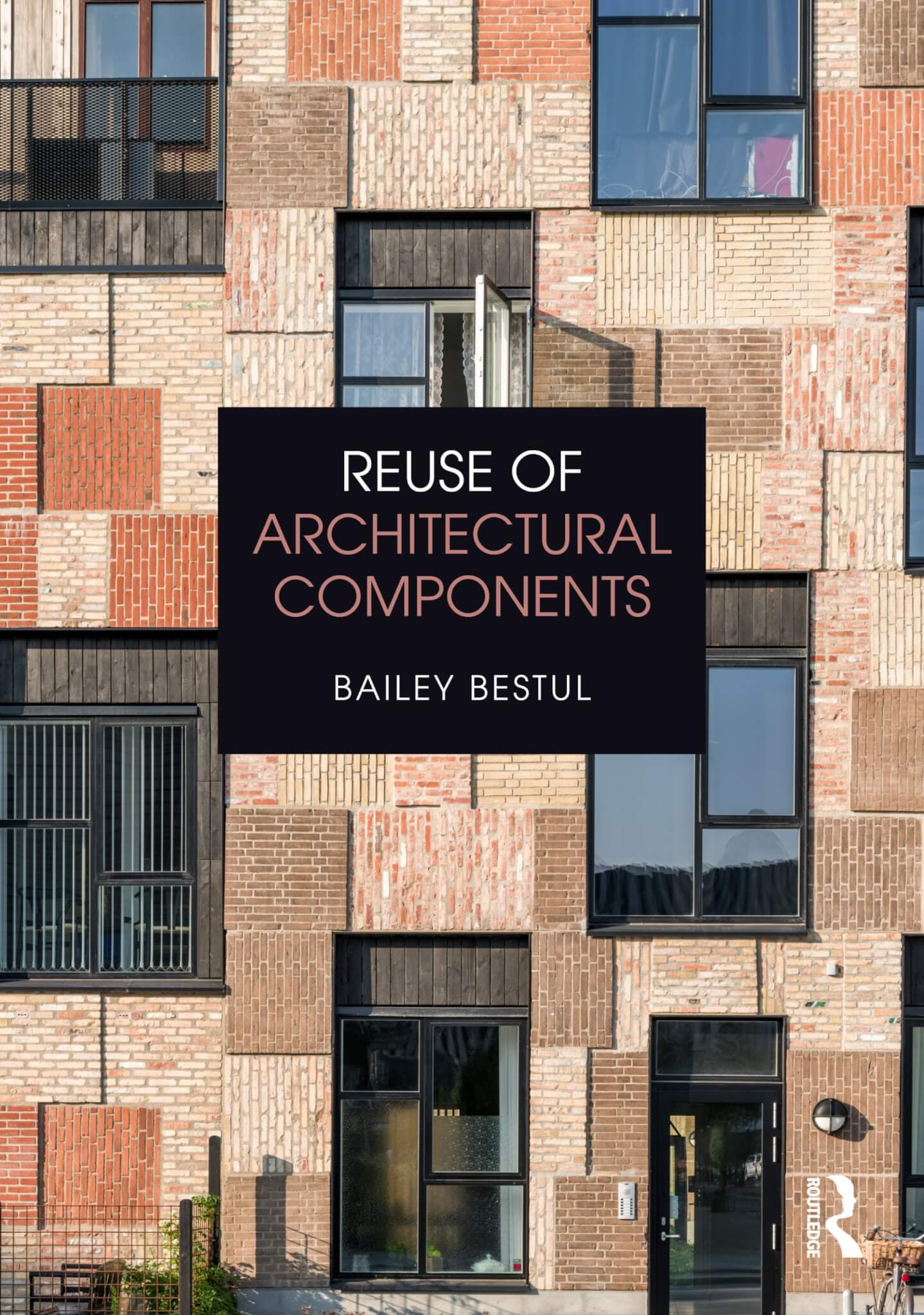
Reuse of Architectural Components by Bailey Bestul
Reuse of Architectural Components treats salvaged materials not as scraps but as storytellers. Bailey Bestul dives into the messy, poetic world of architectural reuse. Where cracked tiles, warped beams, and abandoned facades become building blocks for new ideas. Less about greenwashing and more about grit, the book attempts to bridge theory and practice, art history and hands-on craft to show how “waste” can anchor real beauty. With chapters on everything from kintsugi to the aesthetics of grime, Bestul argues for a future where design is about persistence, not perfection.
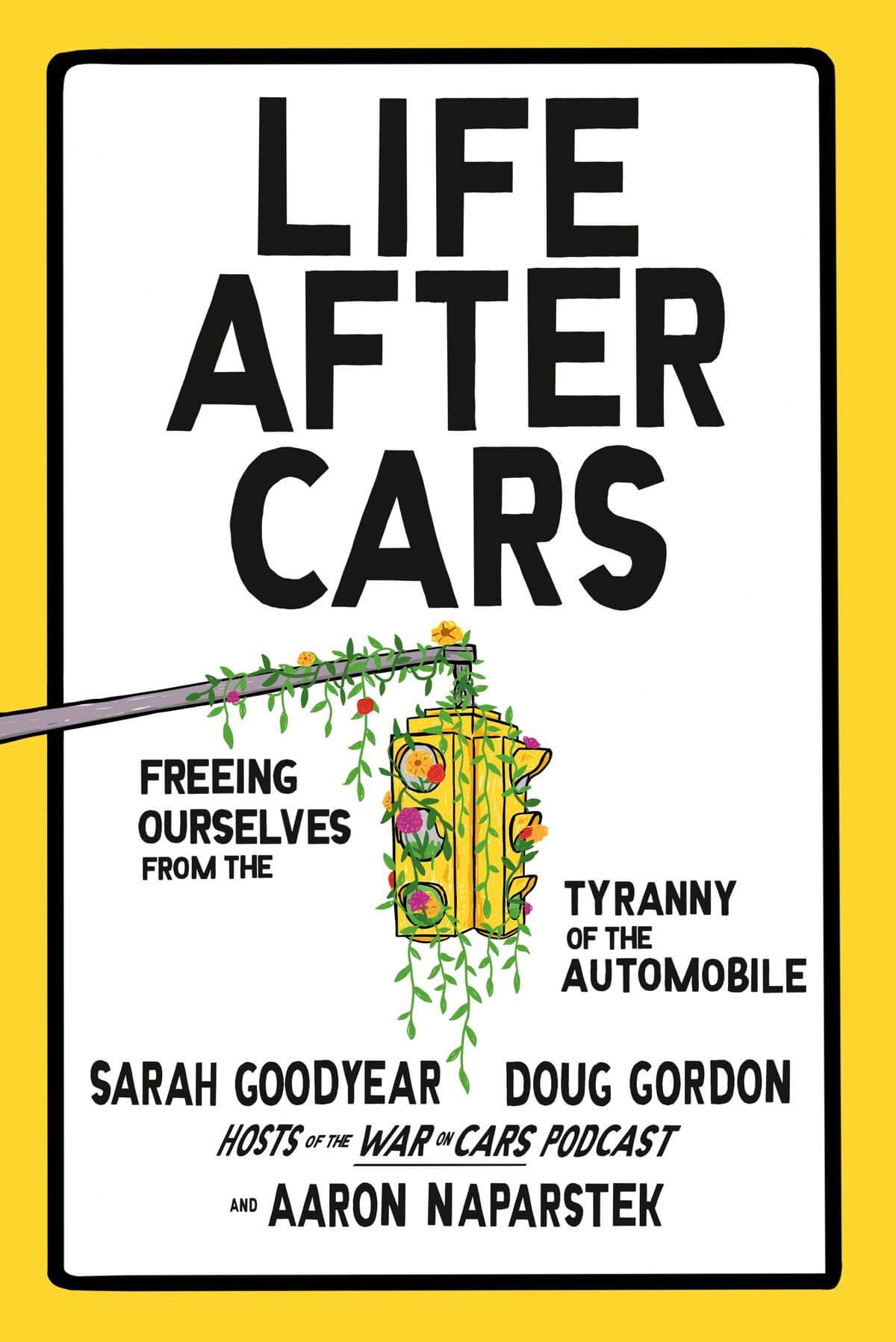
Life After Cars by Sarah Goodyear, Doug Gordon, and Aaron Naparstek
Cars promised us freedom and delivered traffic, asphalt, and existential dread. In Life After Cars, Sarah Goodyear, Doug Gordon, and Aaron Naparstek—hosts of the War on Cars podcast—lay out just how deeply the automobiles warped our cities, our climates, and our sense of community. The book acts as an exposé of bad urban planning and corporate greed. The authors mix history, outrage, and optimism to show that ditching car dependency isn’t anti-progress; it’s survival. The book asks the reader to forget the open road fantasy and instead imagine a future that is walkable, breathable, and maybe just a little more inconvenient in all the right ways.
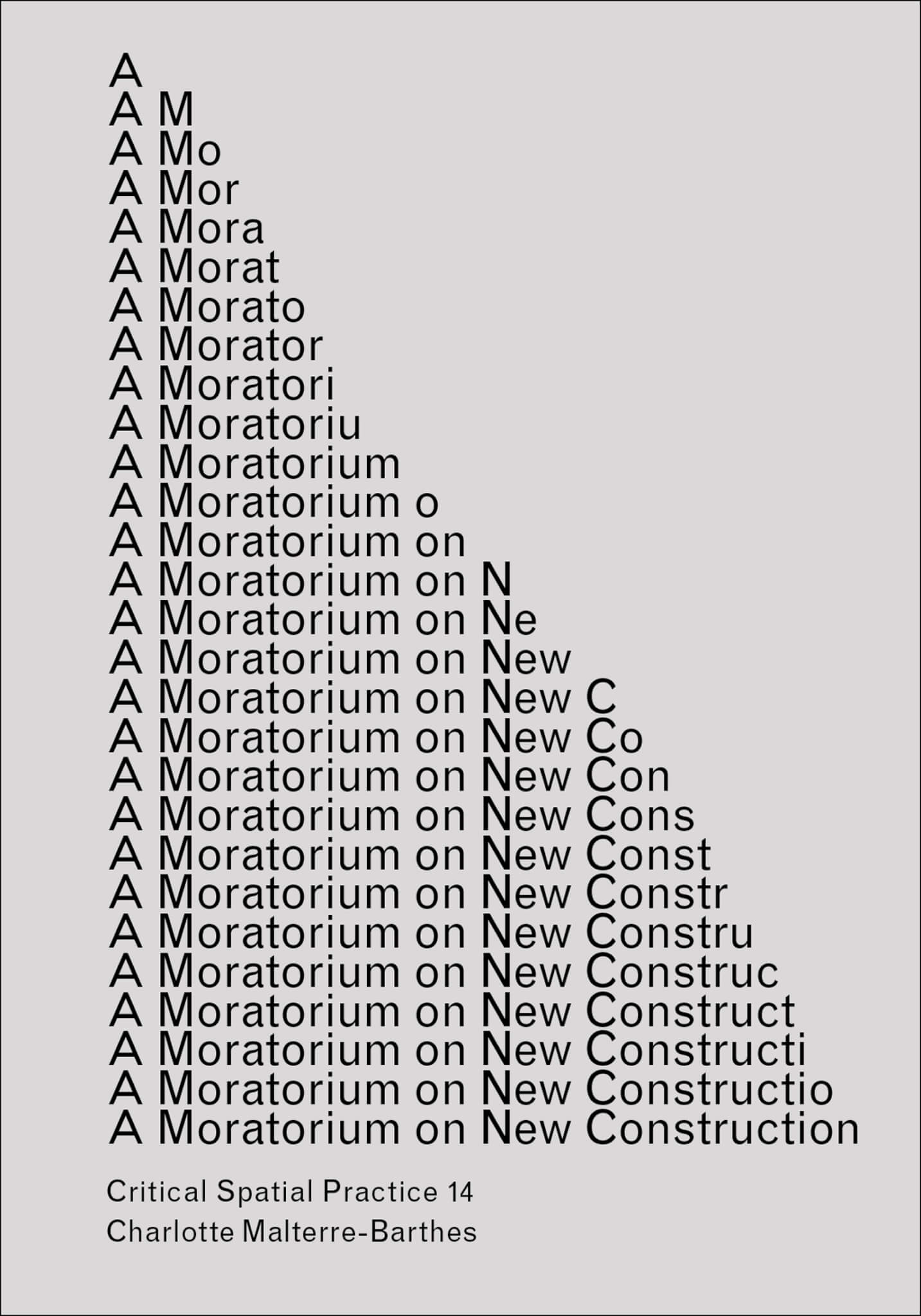
A Moratorium on New Construction by Charlotte Malterre-Barthes
Charlotte Malterre-Barthes has a simple proposal: Stop building. In A Moratorium on New Construction, she argues that every shiny new structure comes at a planetary cost we can no longer afford. Instead of chasing growth, she argues, there must be a radical reevaluation of what already exists, including our buildings, our materials, our labor, and even our land. The book is a thought experiment and a manifesto, equaling a bold statement for an industry obsessed with what’s new. Malterre-Barthes dares architects to imagine repair over replacement, care over concrete. Bold, bracing, and modestly priced, the slim volume aims to be a subversive design tool.
→ Continue reading at The Architect's Newspaper
